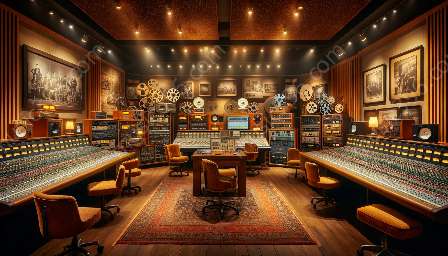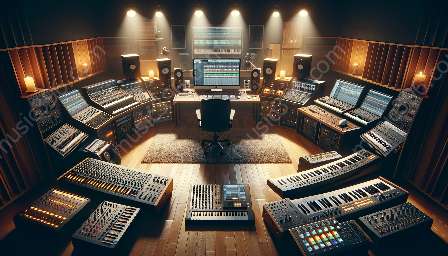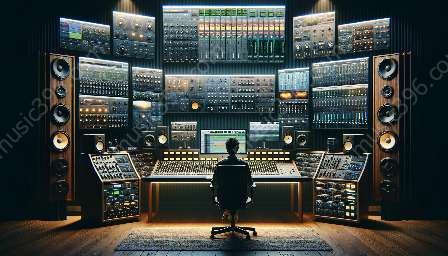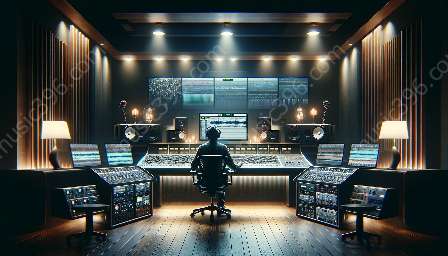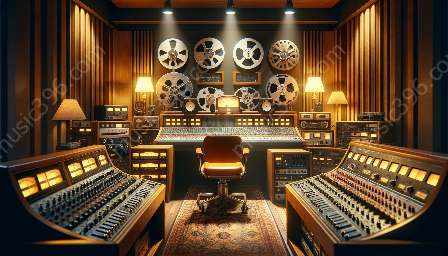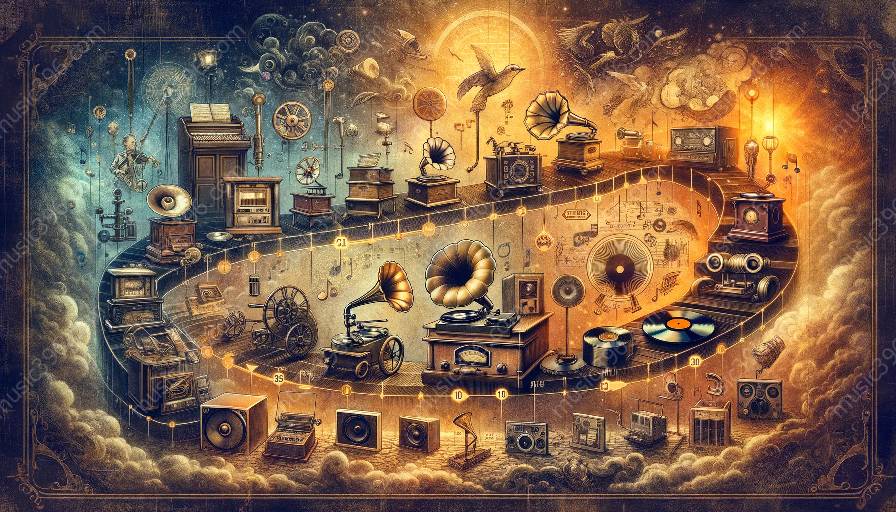Music recording has undergone a remarkable transformation with the advent of digital technology. This article explores the history and evolution of music recording technology, focusing on the transition from DAT (Digital Audio Tape) to computer-based recording.
Evolution of Music Recording Technology
The history of music recording technology stretches back to the late 19th century when analog recording methods dominated the industry. Fast forward to the late 20th century, and the landscape dramatically changed with the introduction of digital recording technology.
One significant milestone in this evolution was the development of DAT, a digital audio recording format that revolutionized the way music was captured and stored.
The Rise of DAT
DAT, introduced in the 1980s, offered several advantages over traditional analog recording. With its ability to record and playback high-quality digital audio, DAT quickly gained popularity among professional recording studios and music producers.
The compact size of DAT tapes made them ideal for recording on location, facilitating the emergence of portable recording setups and increasing flexibility for musicians and sound engineers.
Furthermore, DAT tapes provided a level of durability and longevity that surpassed analog formats, ensuring the preservation of recorded music for years to come.
Transition to Computer-Based Recording
Despite the initial success of DAT, the music industry continued to evolve, leading to the widespread adoption of computer-based recording systems. These systems leveraged the power of digital technology and software to streamline the recording process and unleash new creative possibilities.
One of the most significant advancements in this transition was the development of digital audio workstations (DAWs), which enabled musicians and producers to record, edit, and mix music entirely within a computer environment.
DAWs offered a level of flexibility and control that was unprecedented in the history of music recording. Artists could now experiment with different sounds, effects, and arrangements with ease, leading to a surge in creative innovation within the industry.
The Digital Revolution
The shift from DAT to computer-based recording marked a pivotal moment in the digital revolution of music recording. It not only transformed the technical aspects of recording but also reshaped the creative landscape, empowering artists to push the boundaries of sonic expression.
Today, digital recording technology continues to evolve, with advancements in hardware and software enabling musicians and producers to achieve unprecedented levels of precision, fidelity, and sonic exploration.
Conclusion
The transition from DAT to computer-based recording represents a significant chapter in the history and evolution of music recording technology. It embodies the transformative power of digital innovation, empowering artists and reshaping the music industry in profound ways.







